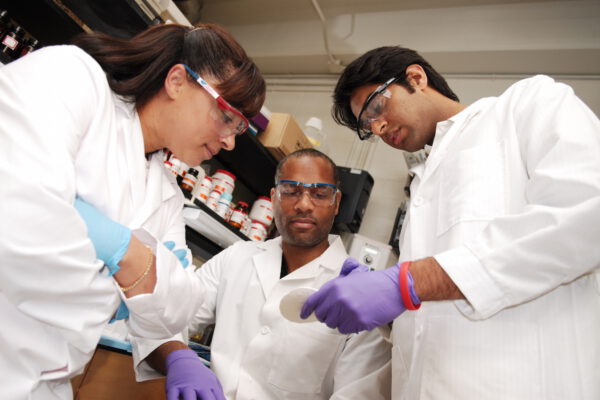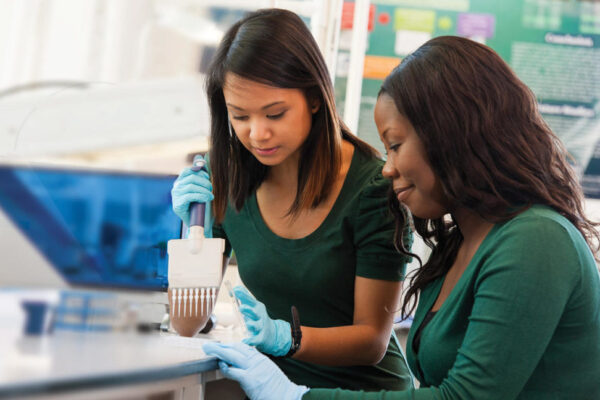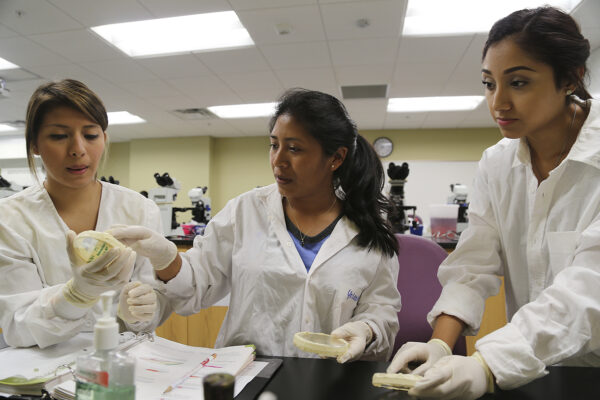Many veterans leave the military unsure about their educational and career opportunities.
Texas State University wants to provide potential student veterans with some answers, and help ease a shortage of qualified candidates for a number of jobs in the agricultural sciences field at the same time. So it is assisting female and Hispanic military veterans earn bachelor’s degrees in agriculture and STEM fields through a new program called Boots and Roots.
The goal of the program is to reintegrate veterans into the civilian community by providing them with exposure to the prospect of a career in the agricultural sciences—tapping into the high work ethics that will help them succeed.
Through hands-on experience at the university’s sustainable farm and by participating in faculty-led research projects, students will be equipped with both educational and career opportunities. Boots to Roots also plans to enable students to work in their own communities by partnering with local organizations and schools to develop lessons so the veterans can teach agriculture or science to K-12 students once they graduate.
Boots to Roots is one of 25 programs supported by the U.S. Department of Agriculture’s National Institute of Food and Agriculture’s Hispanic-Serving Institution Education Grants Program.
If you have any questions or comments about this blog post, please contact us.


